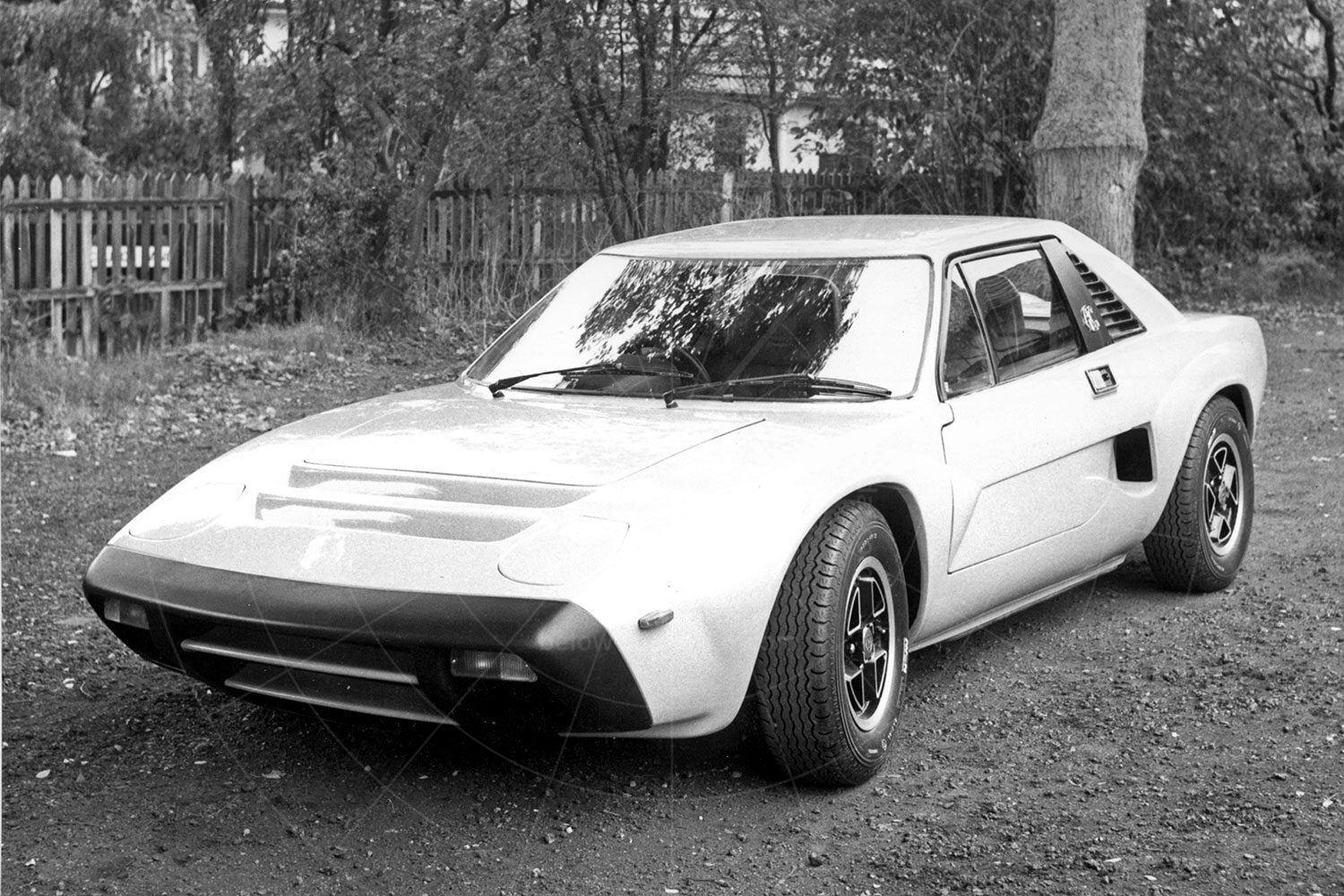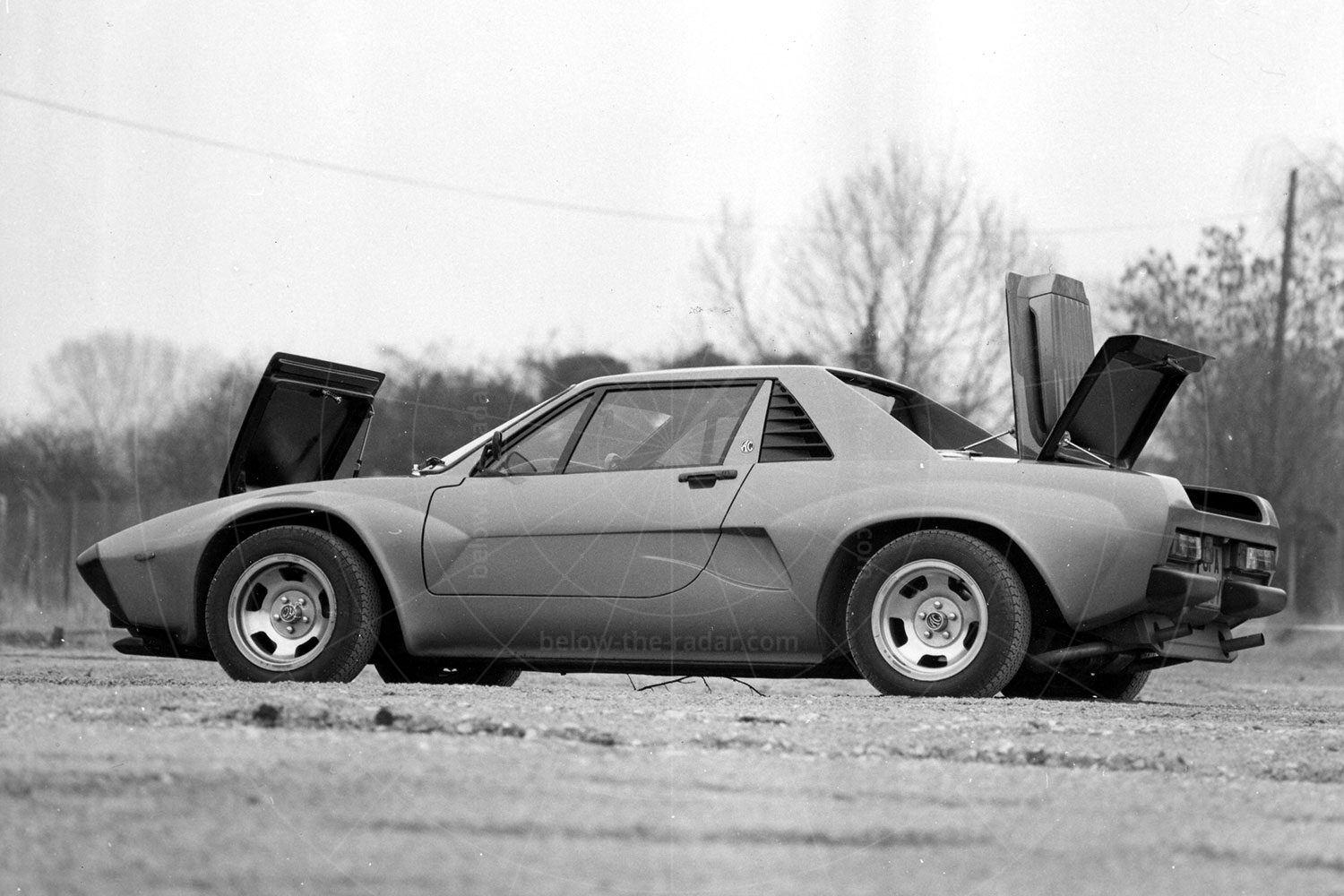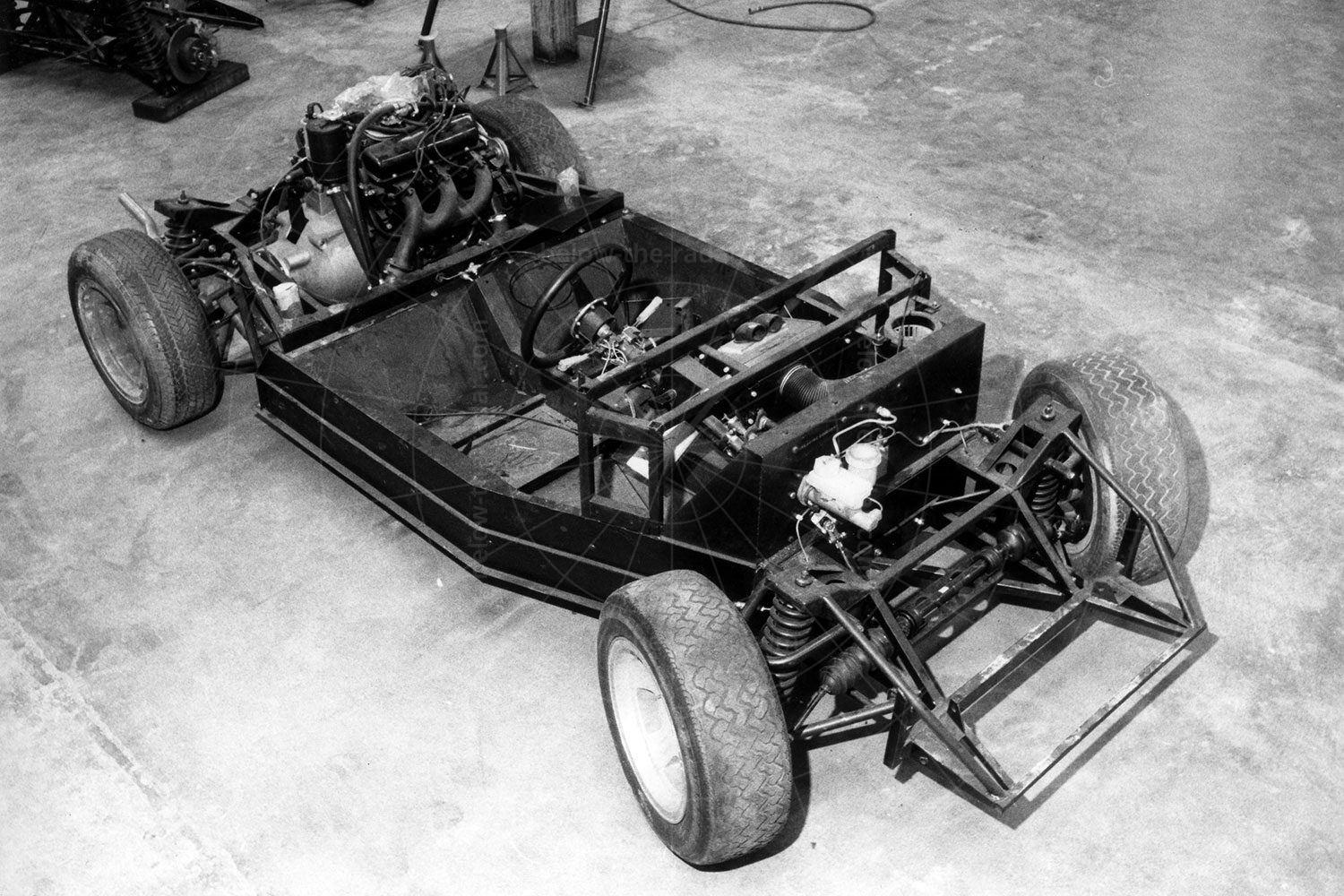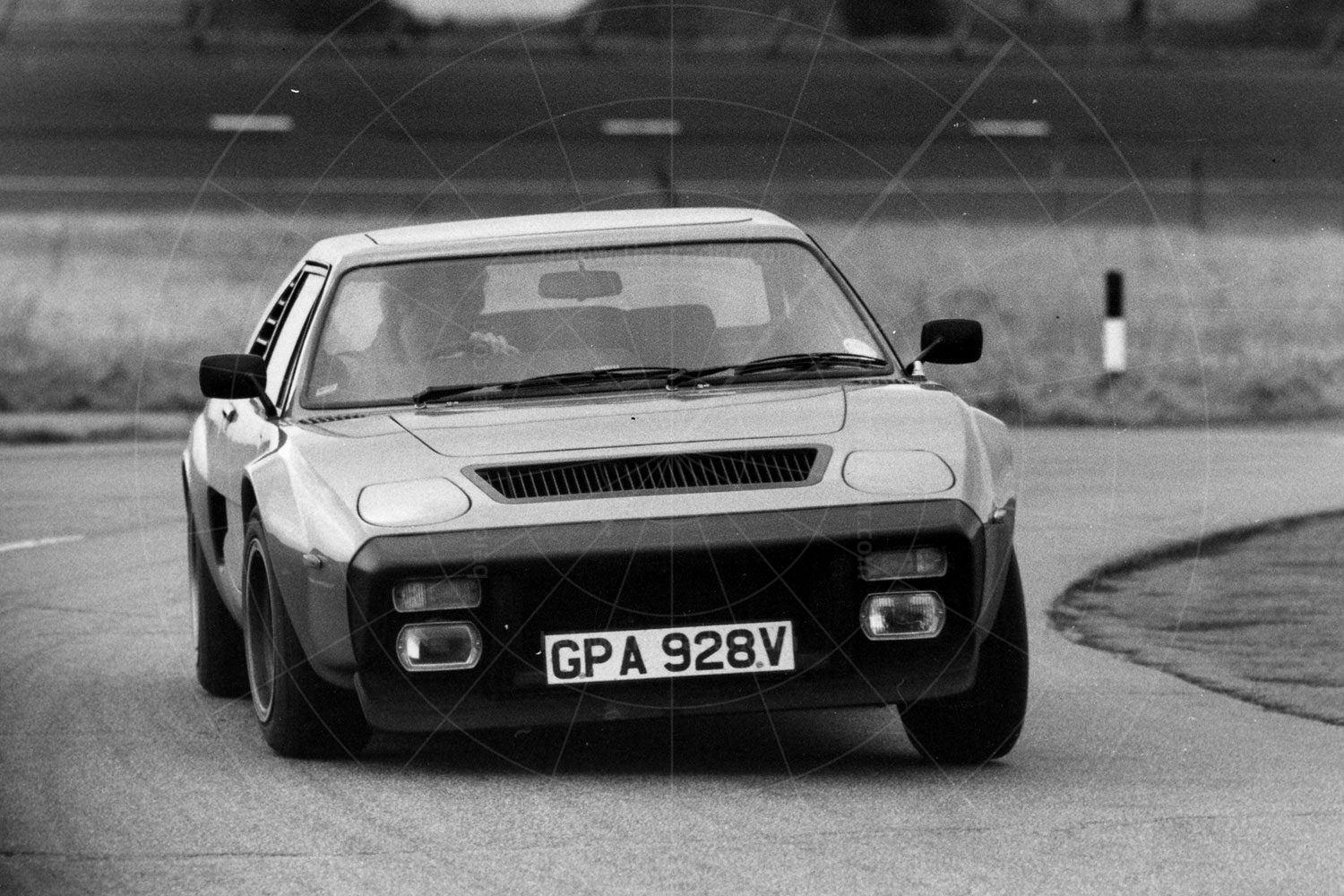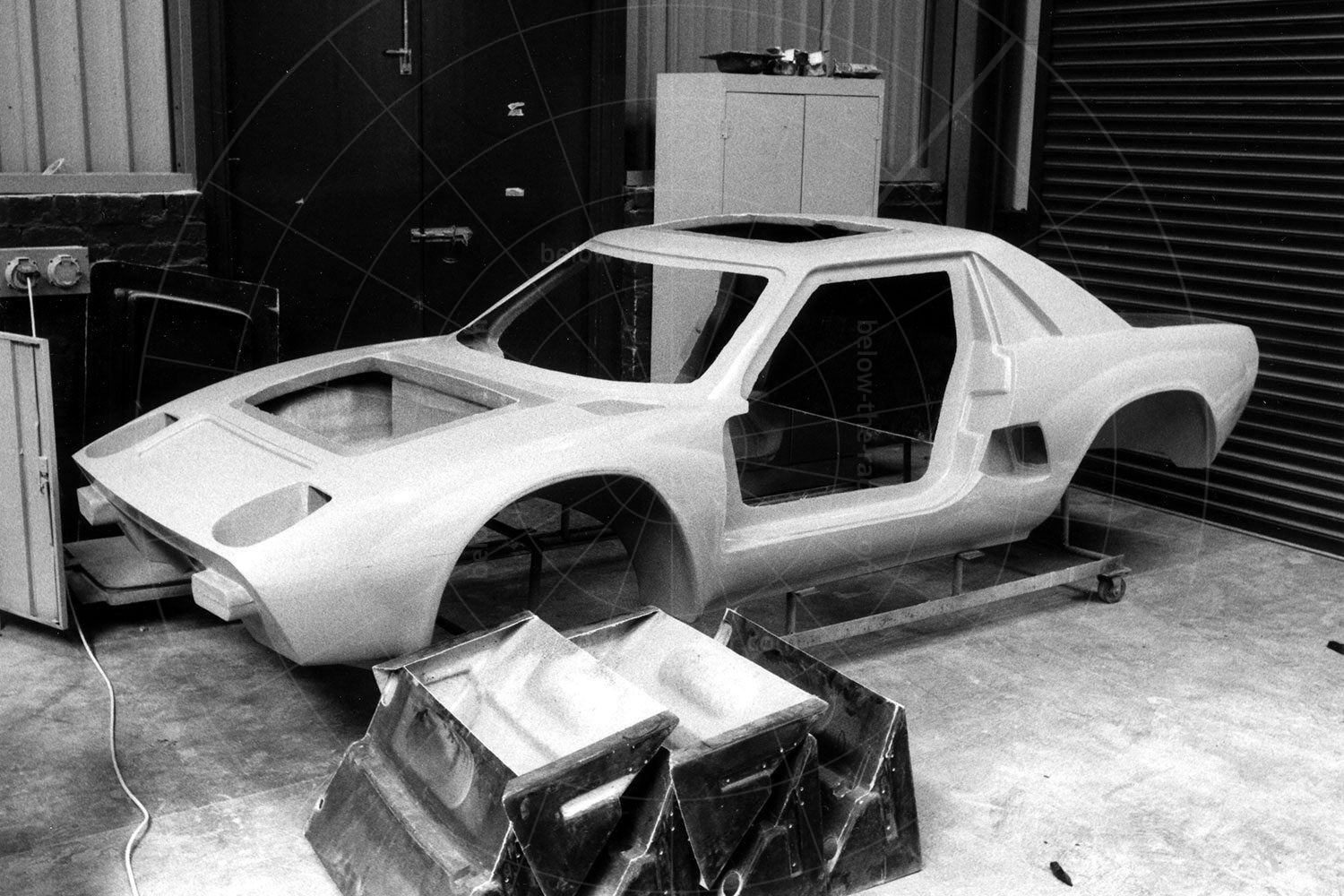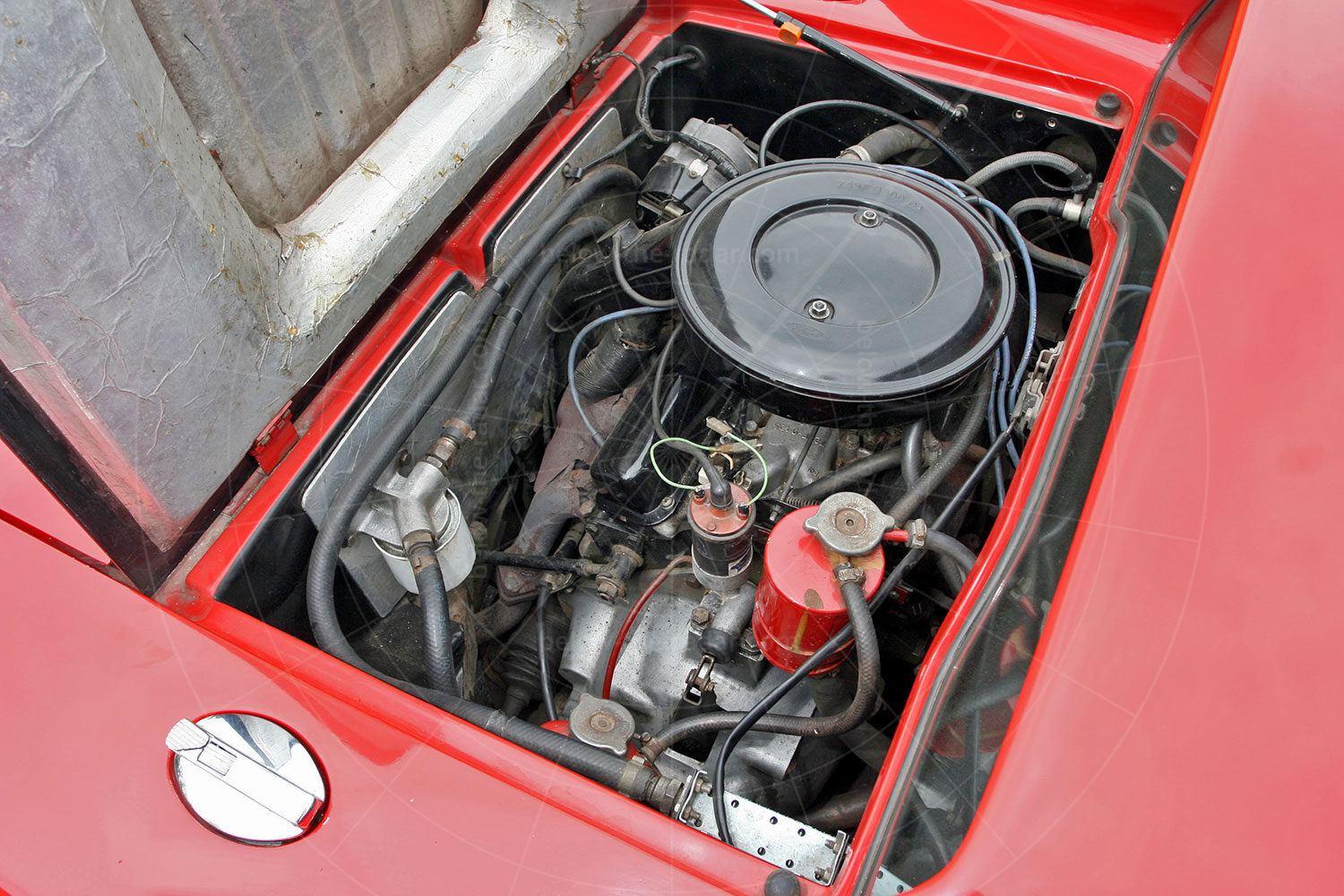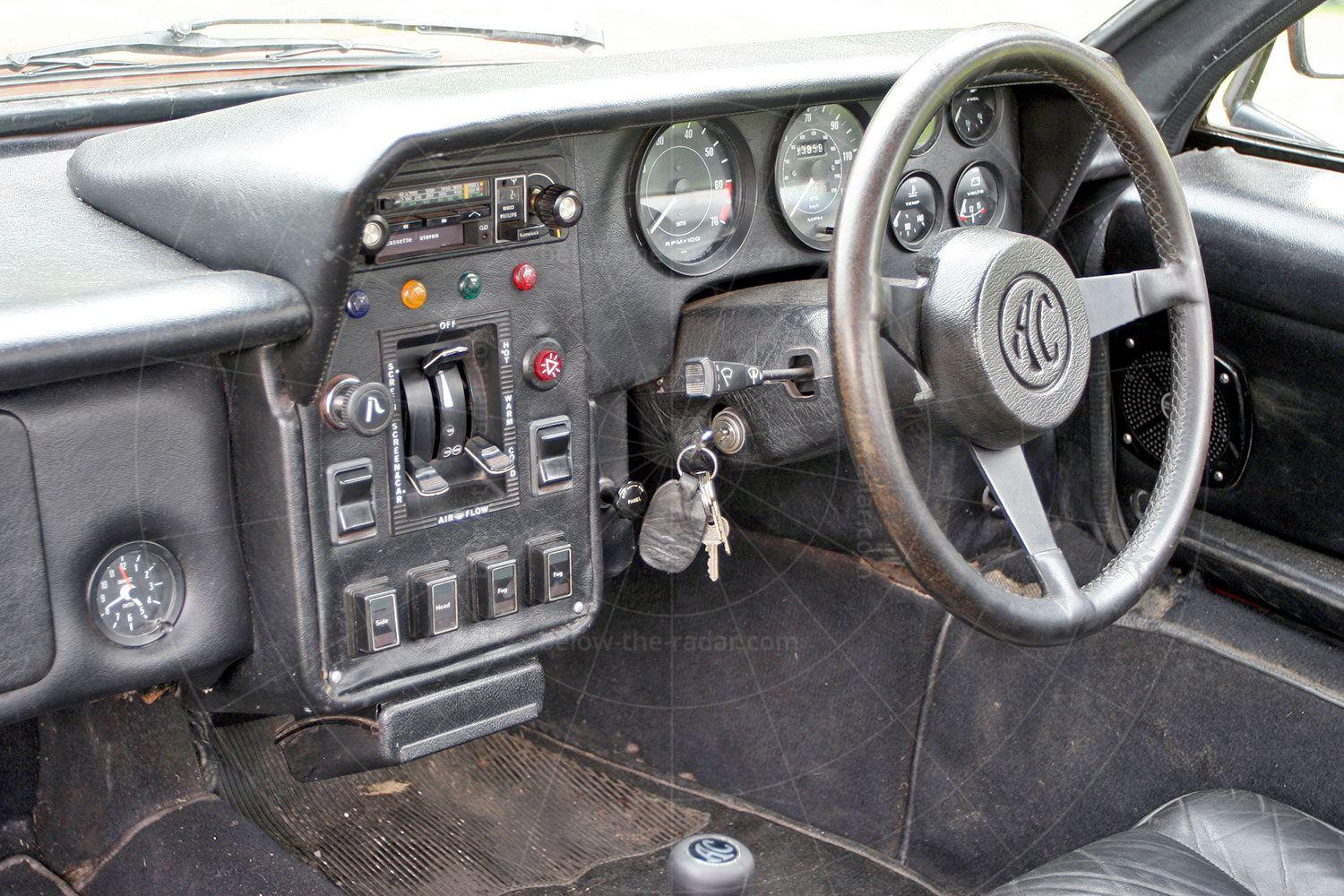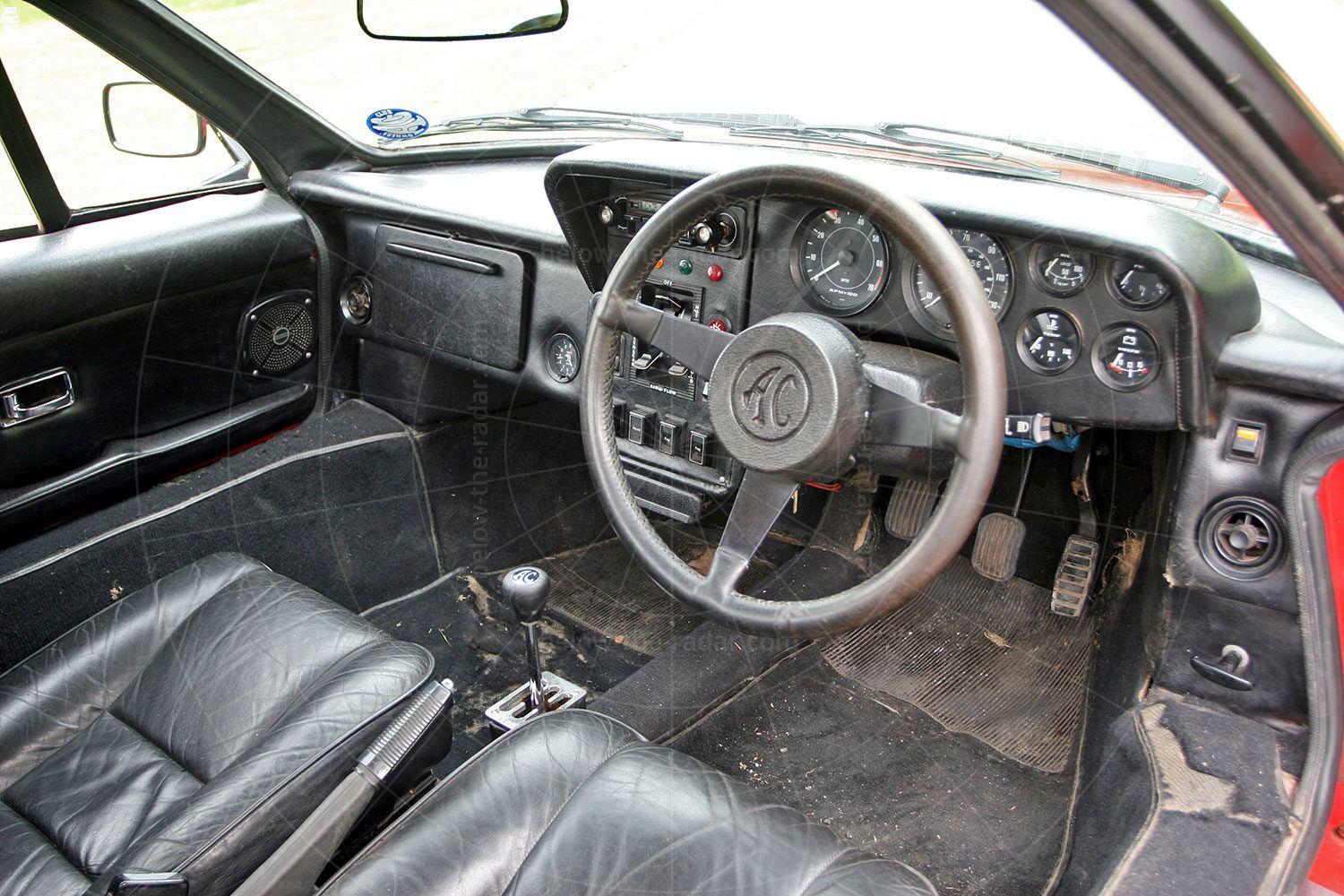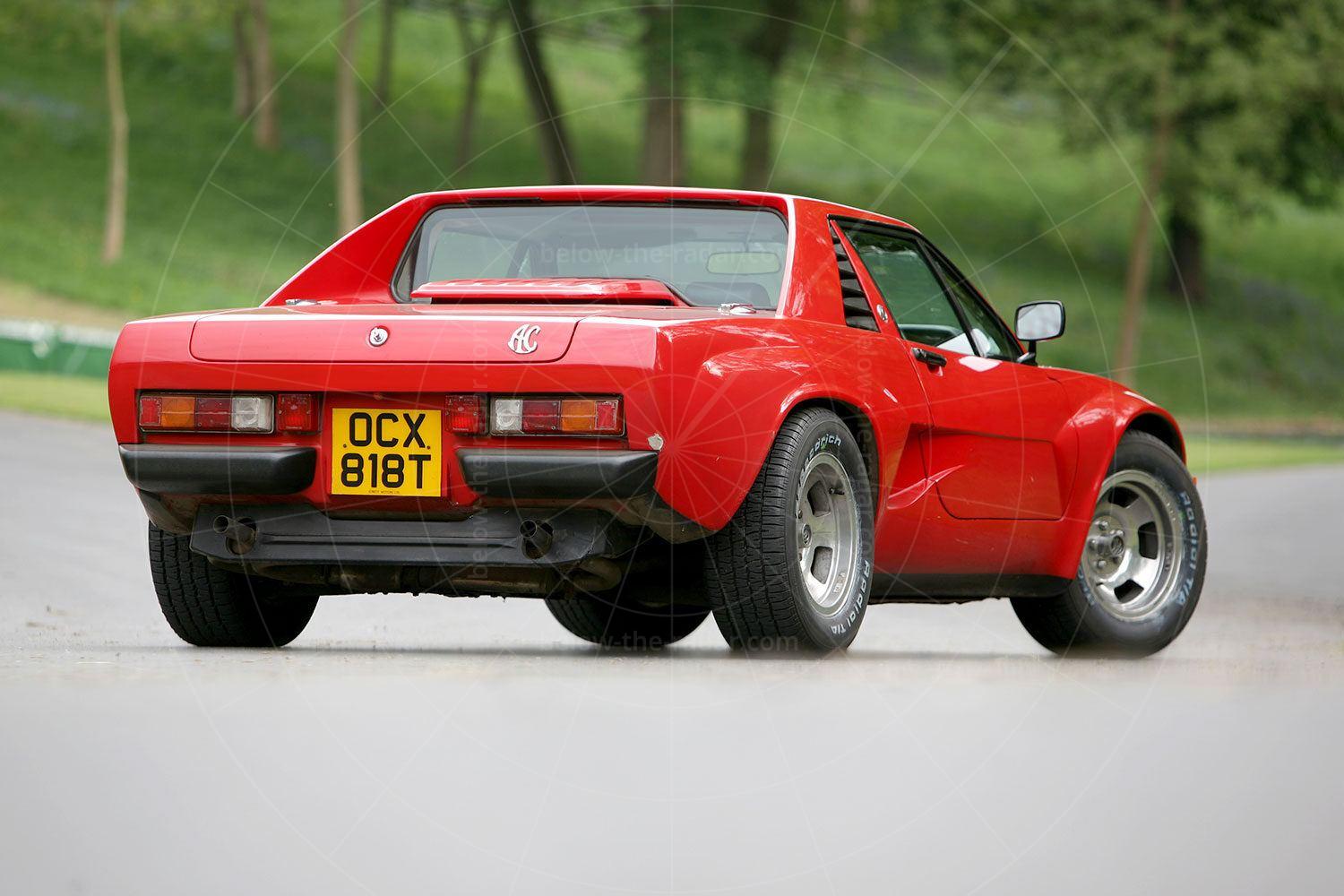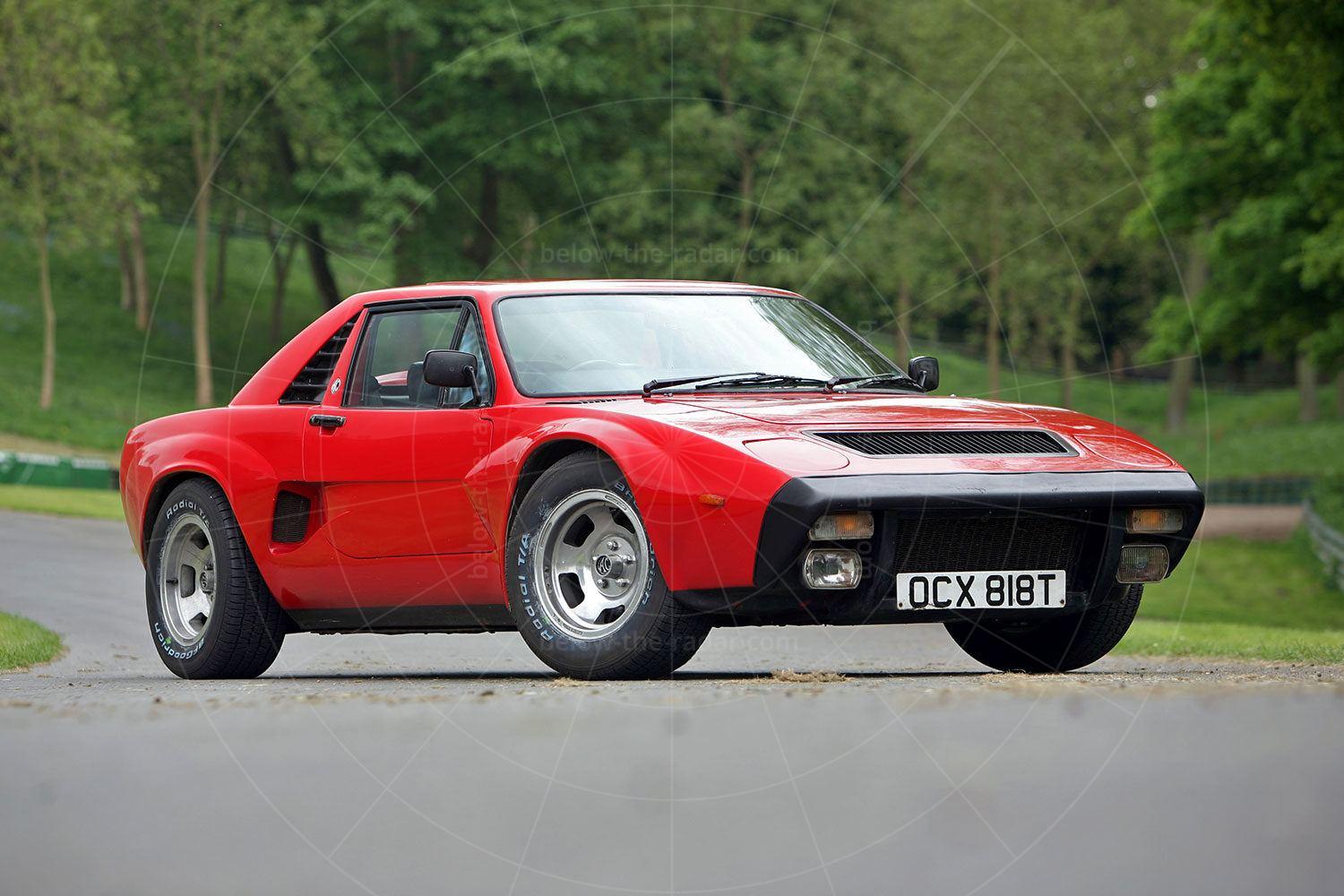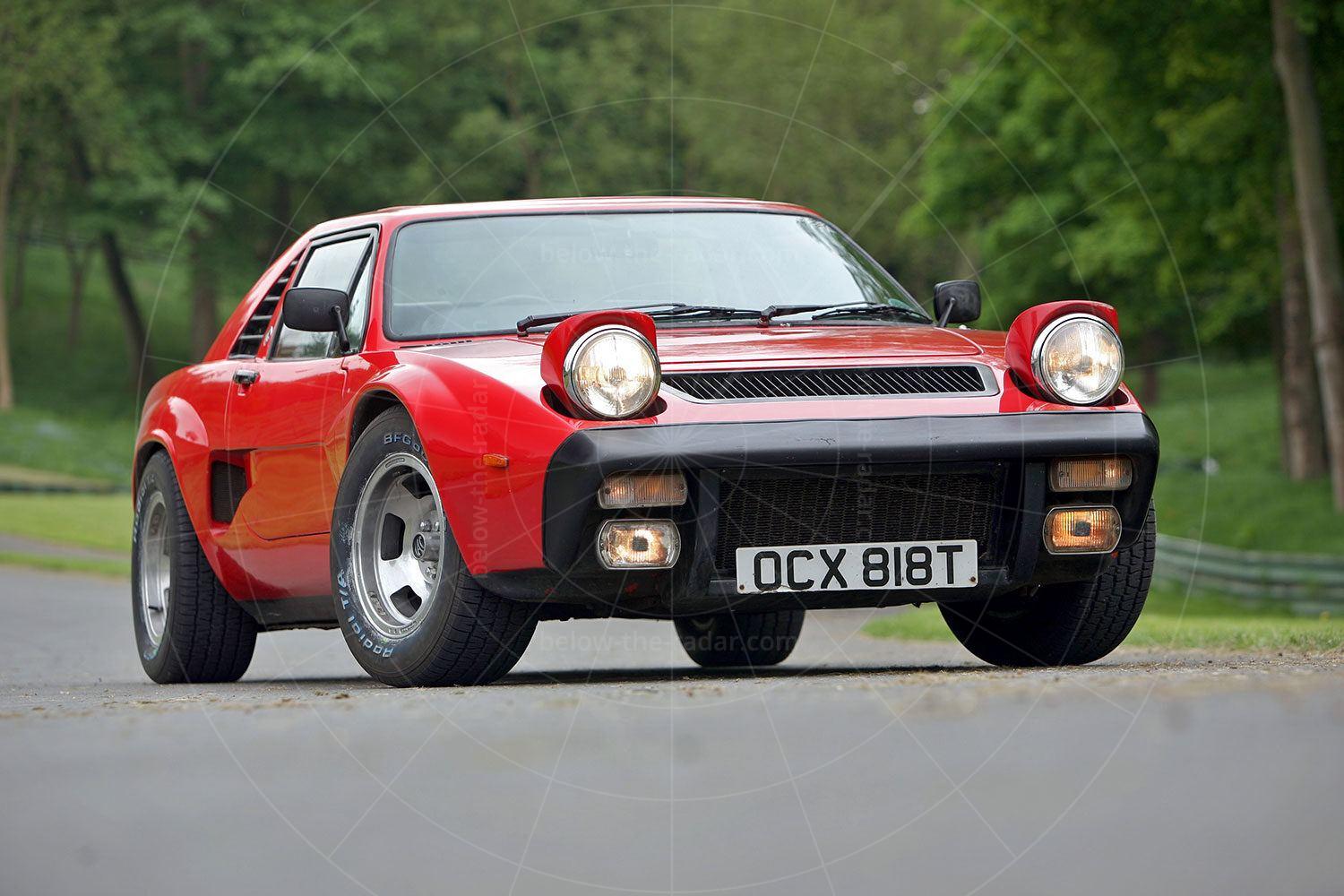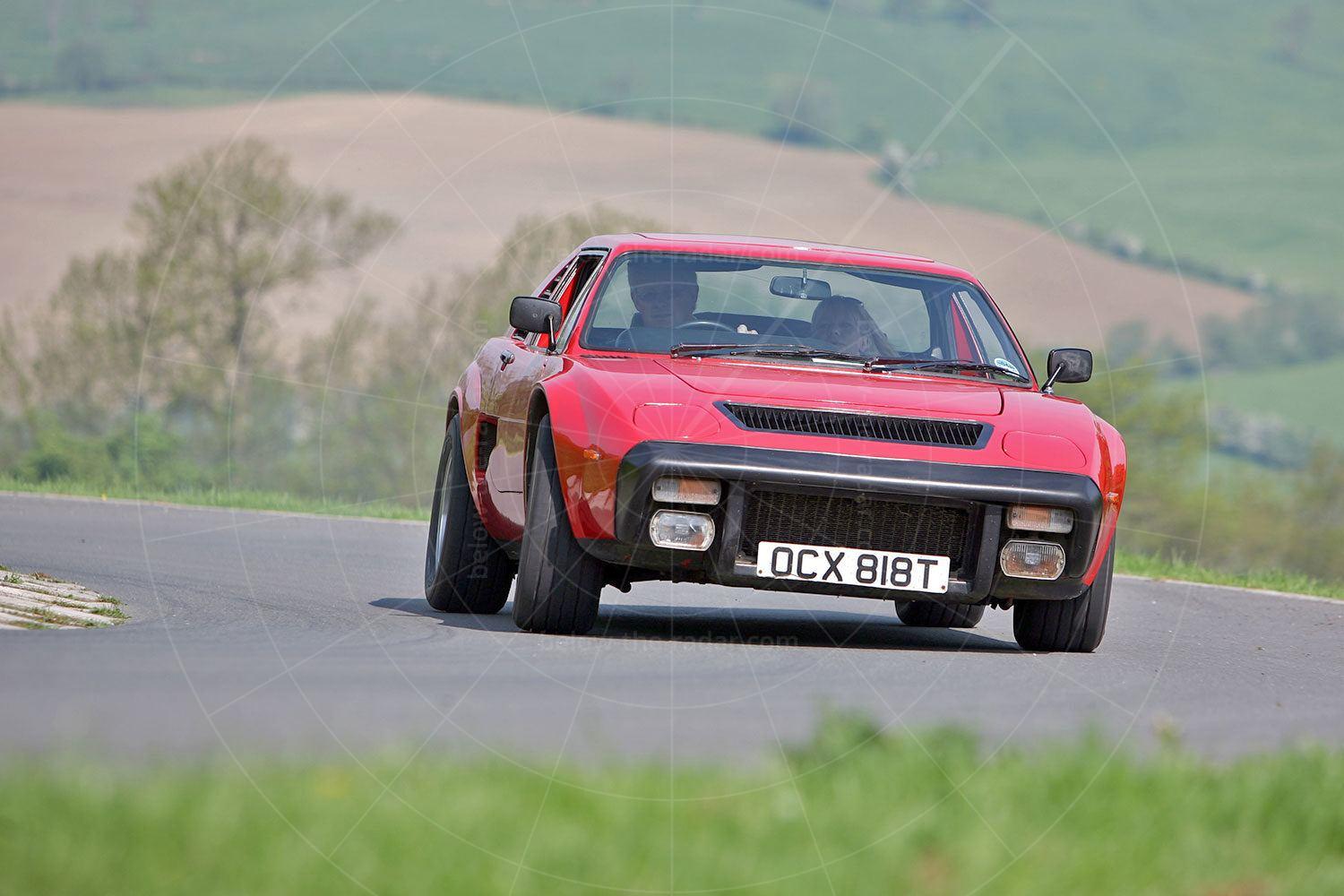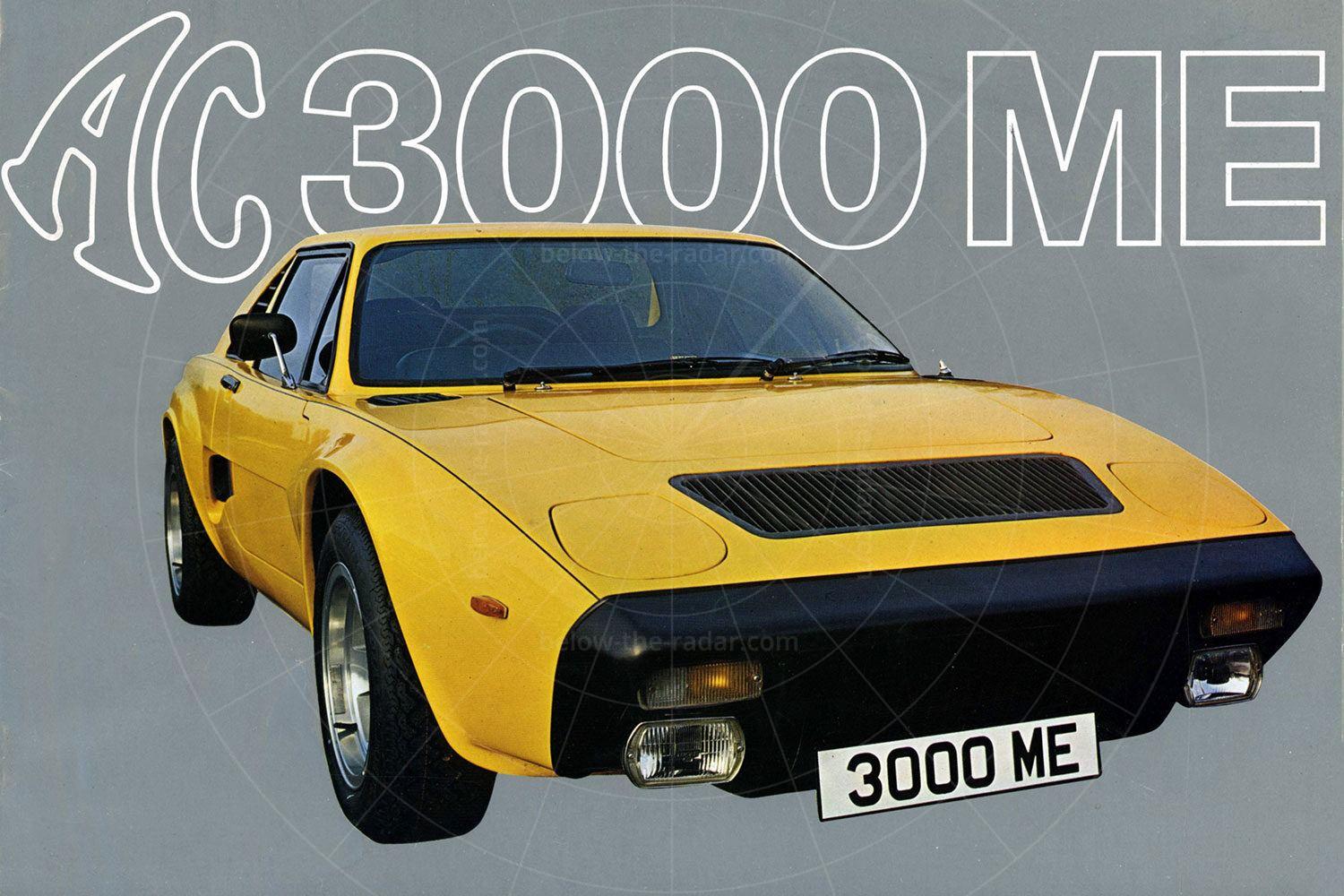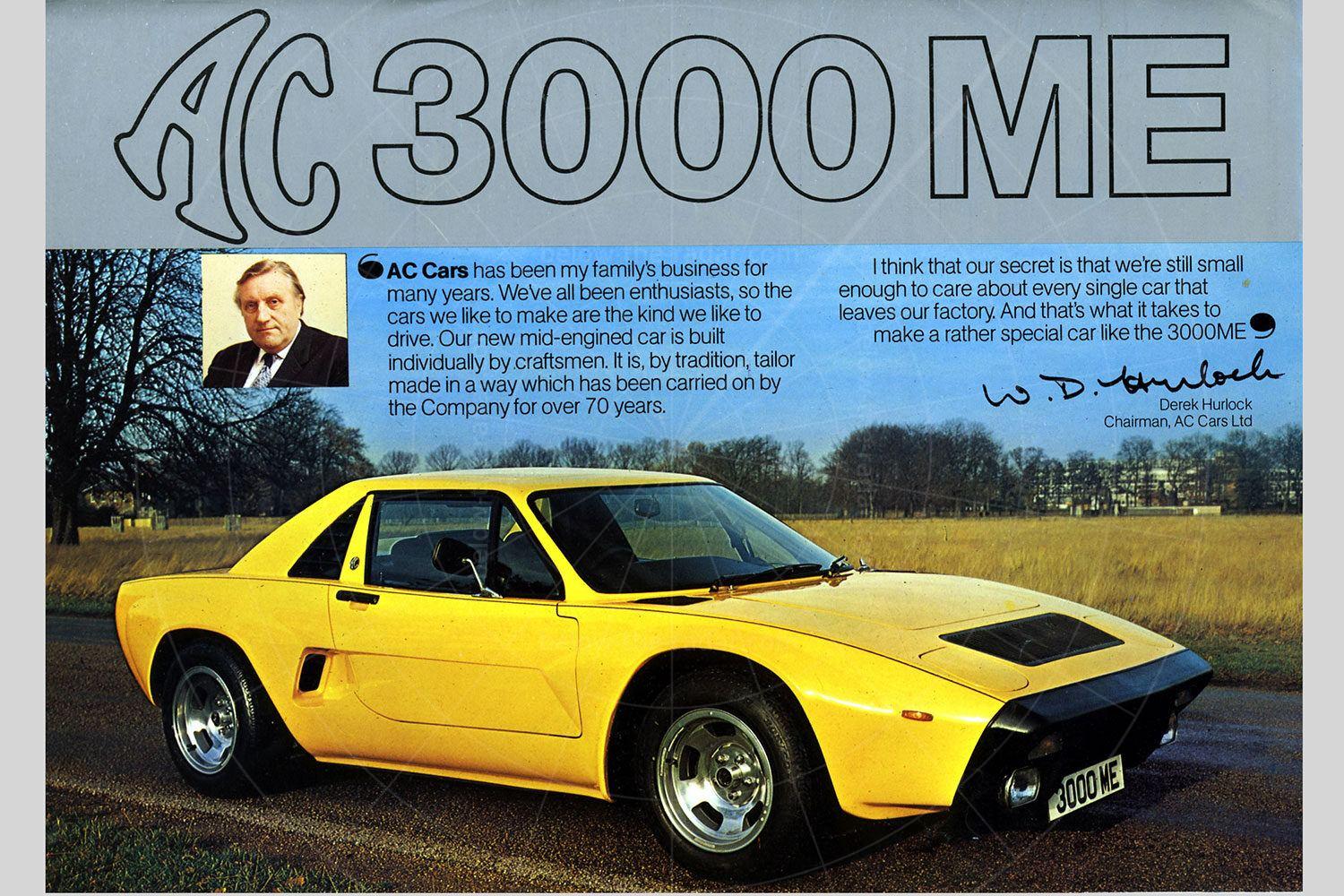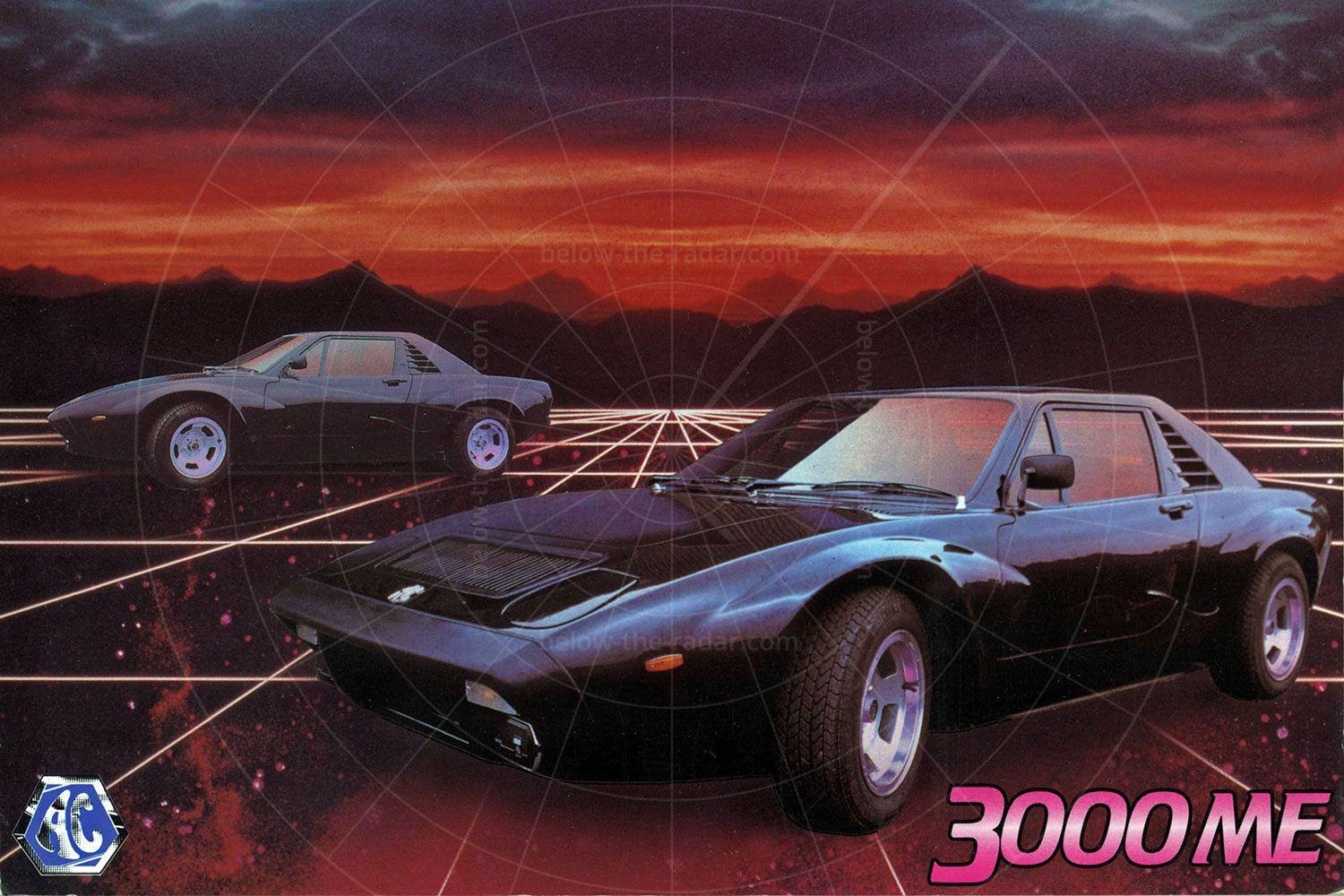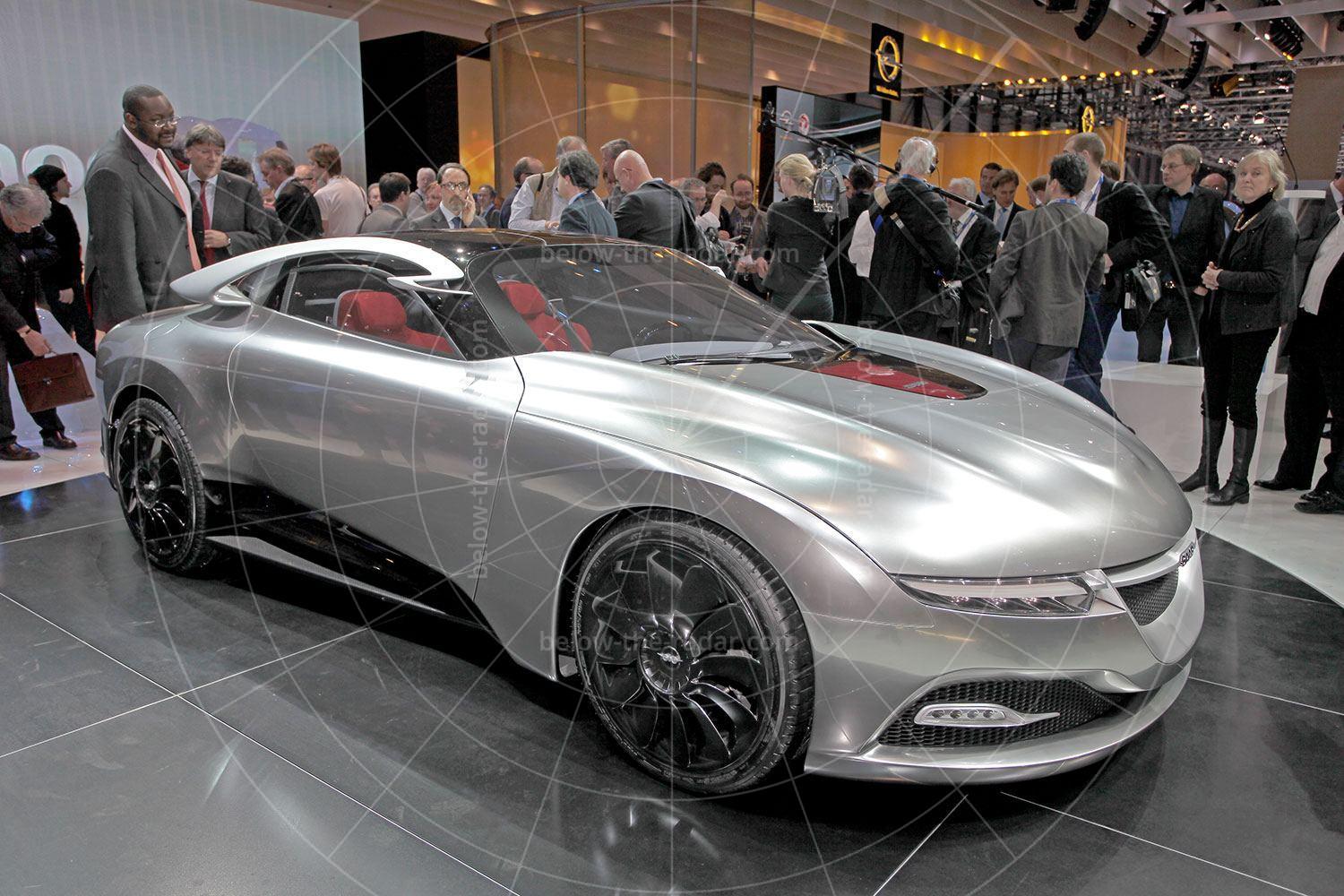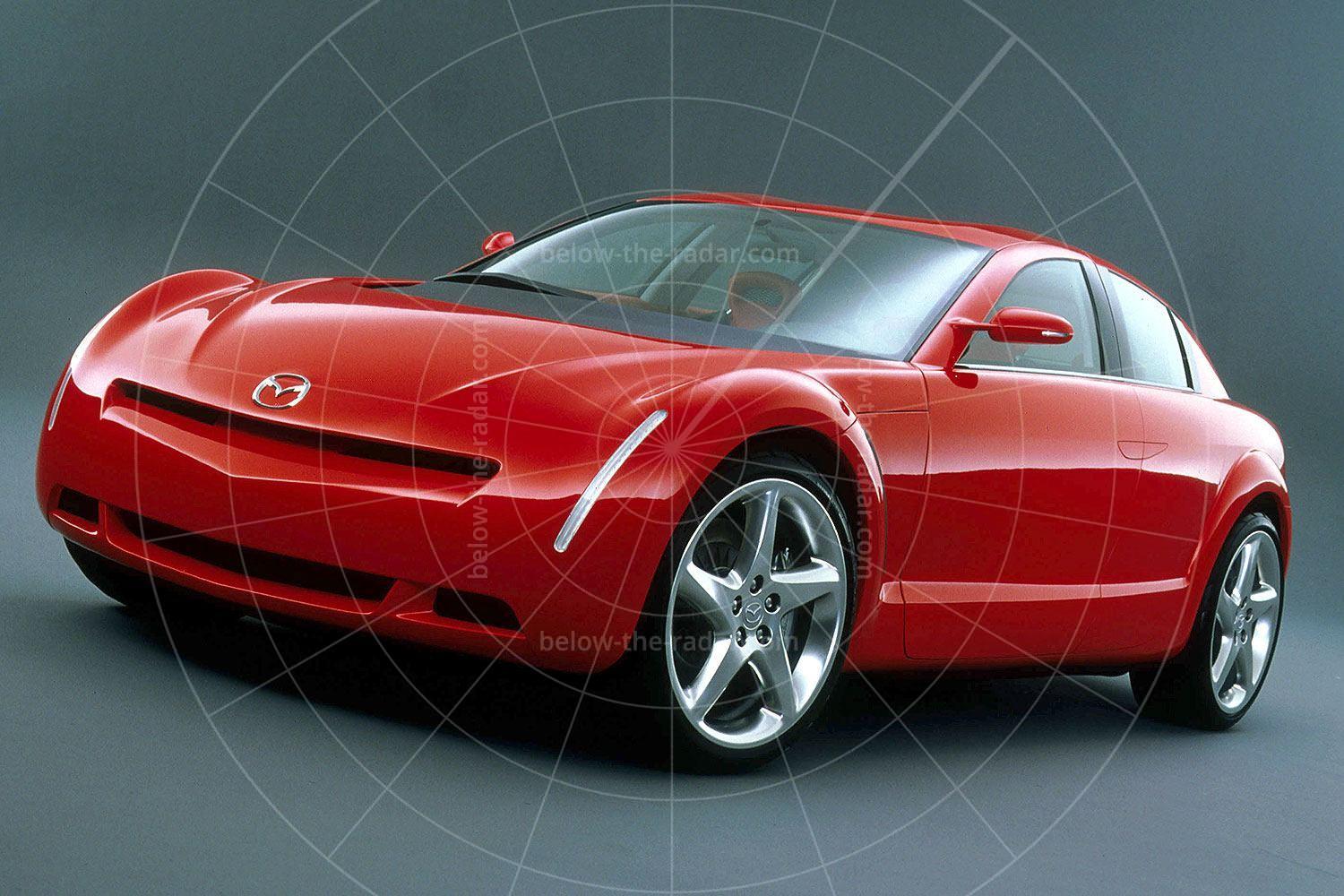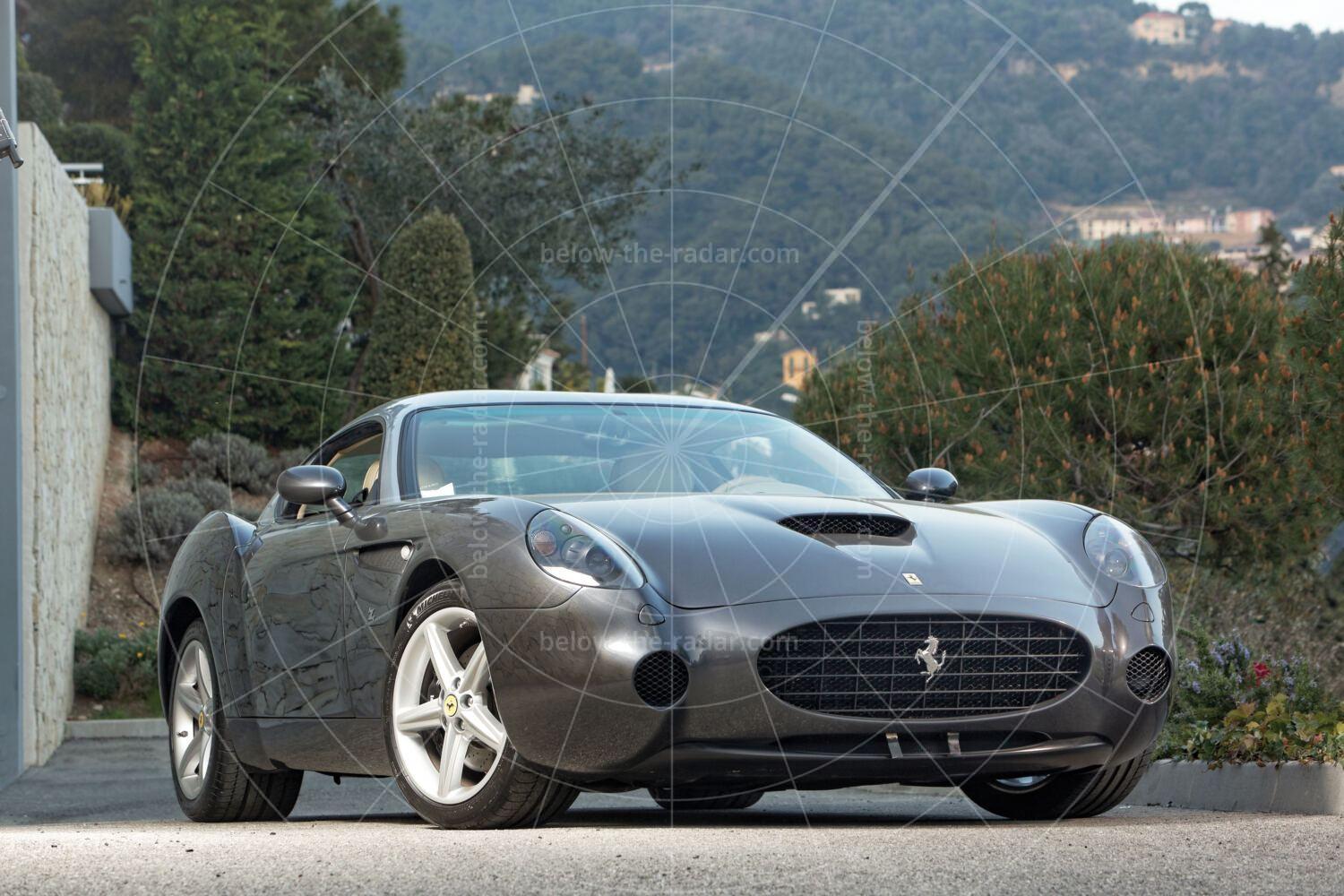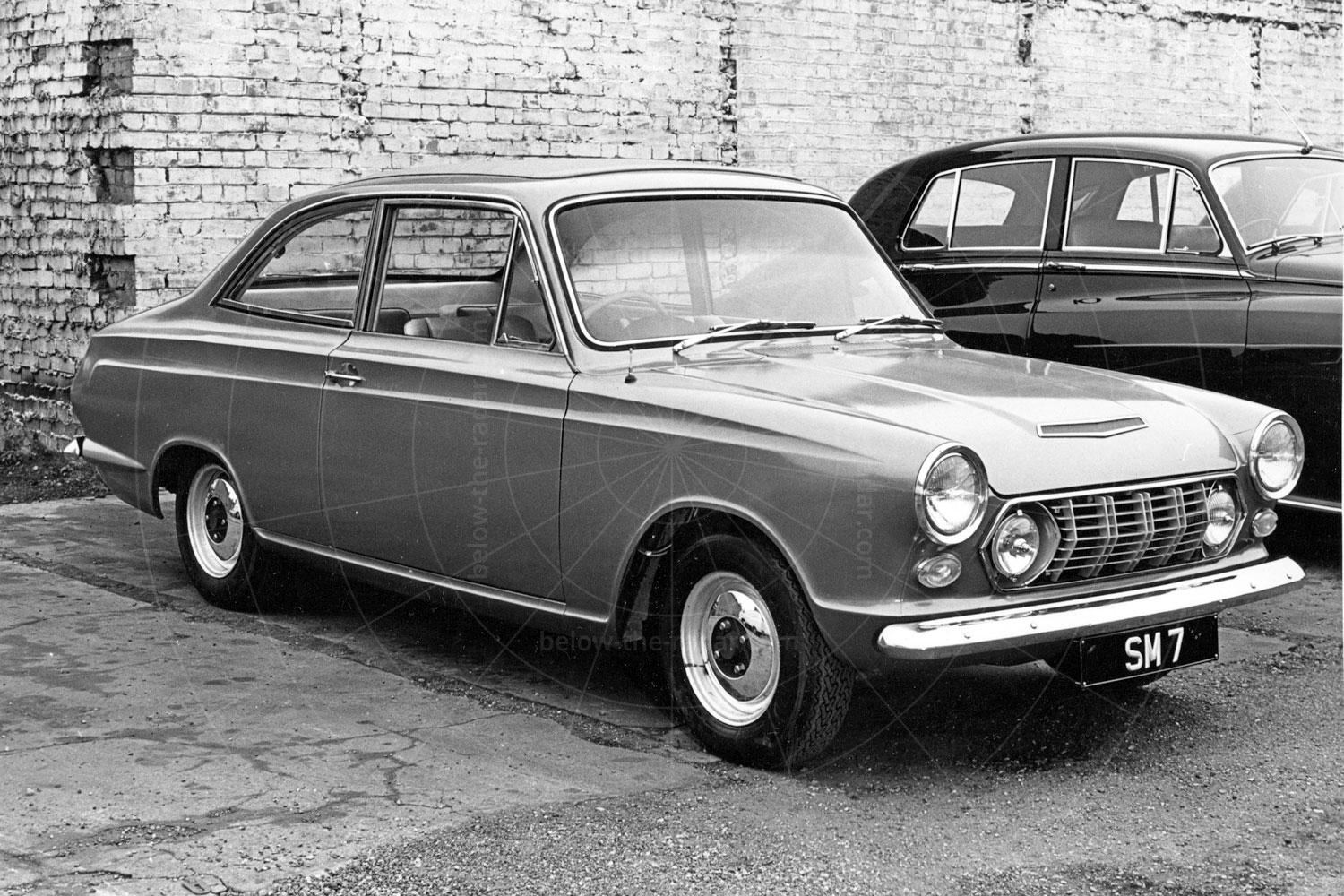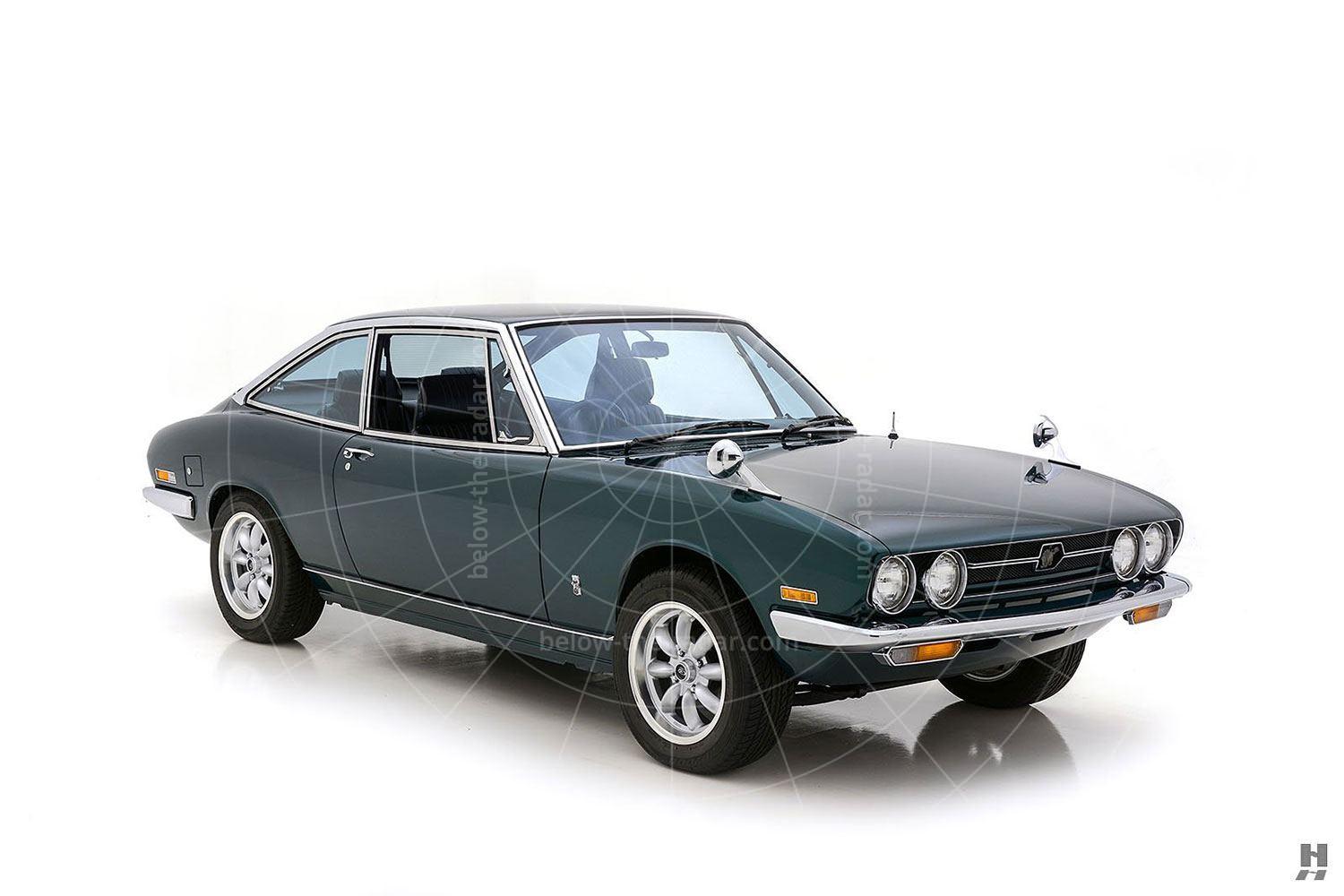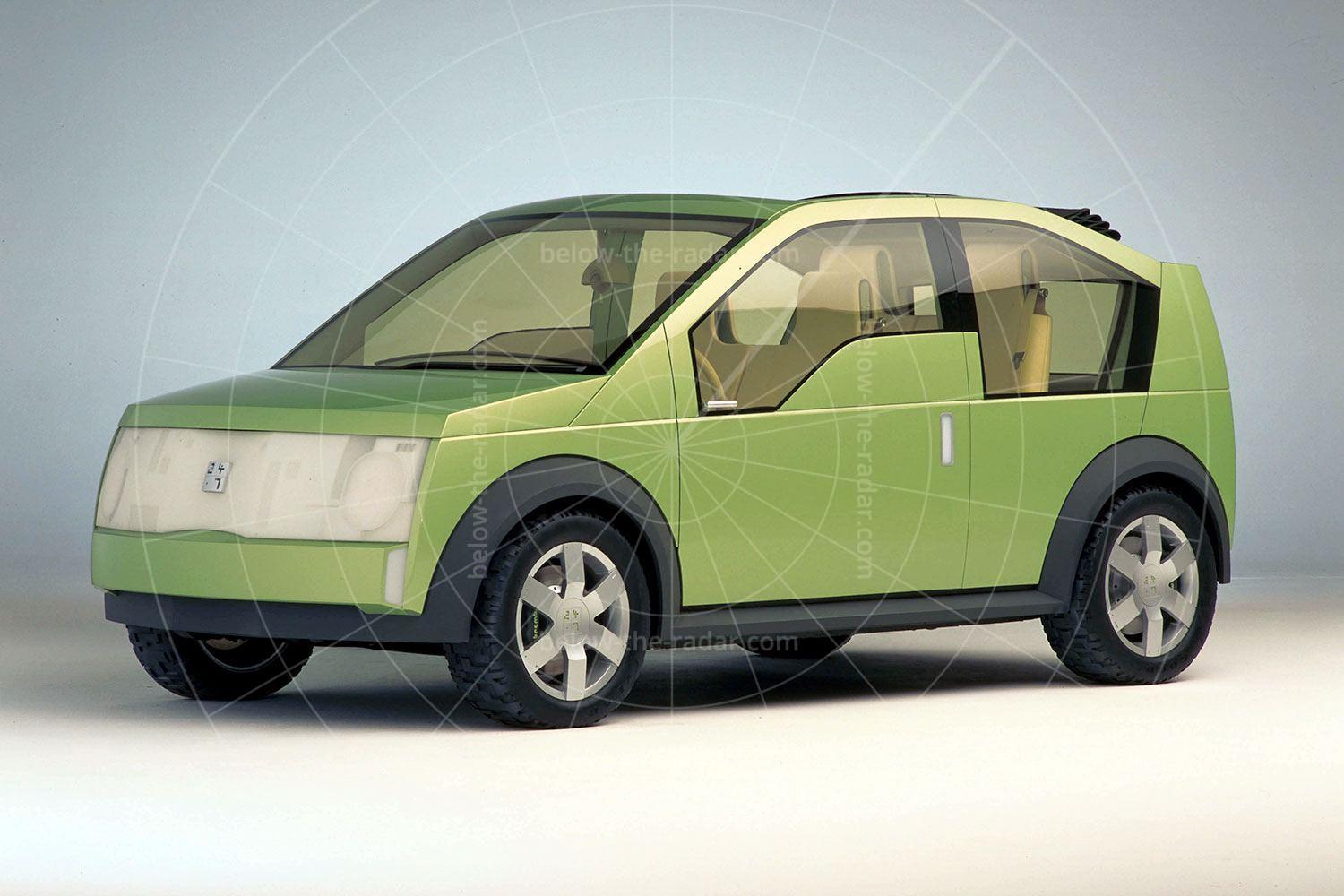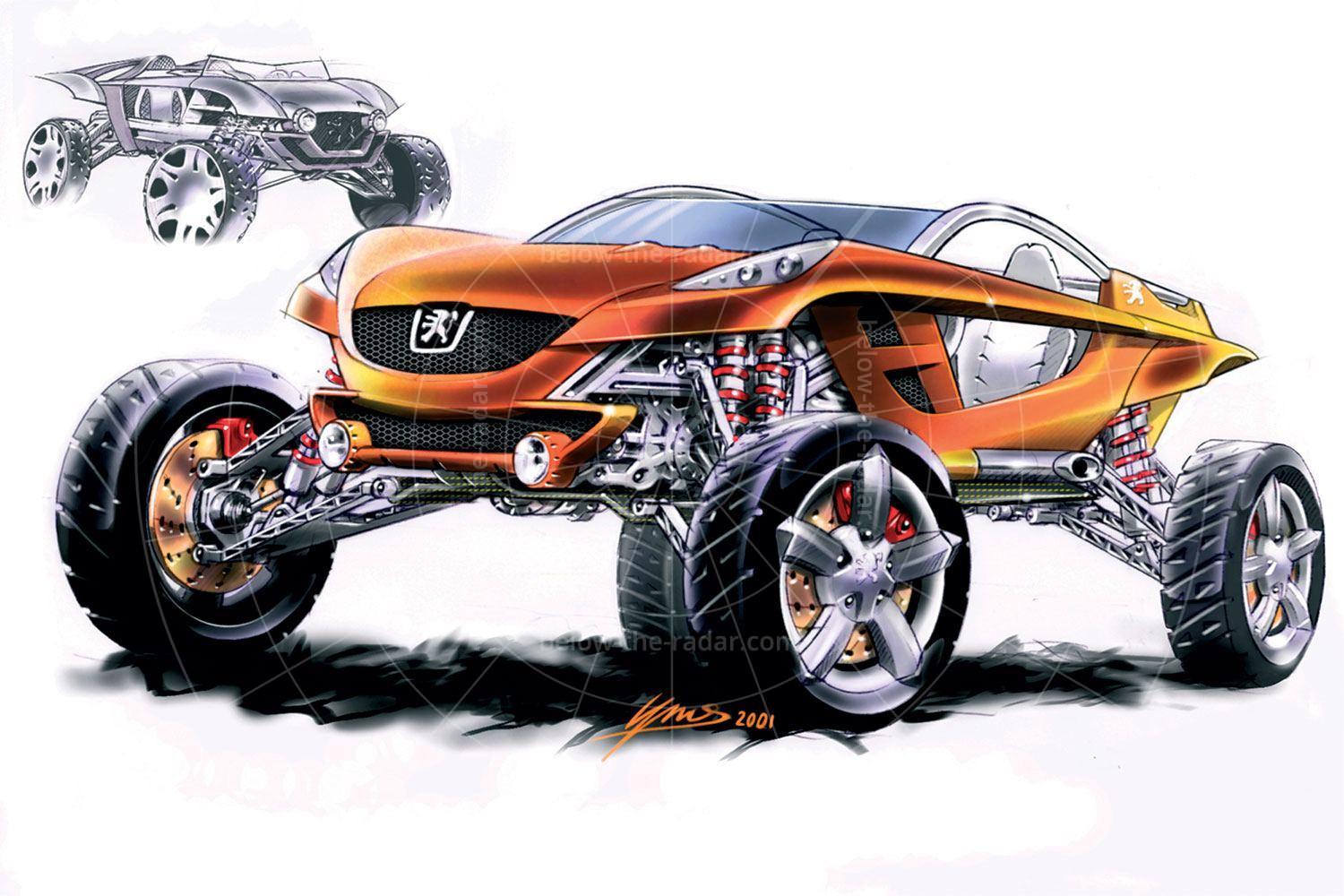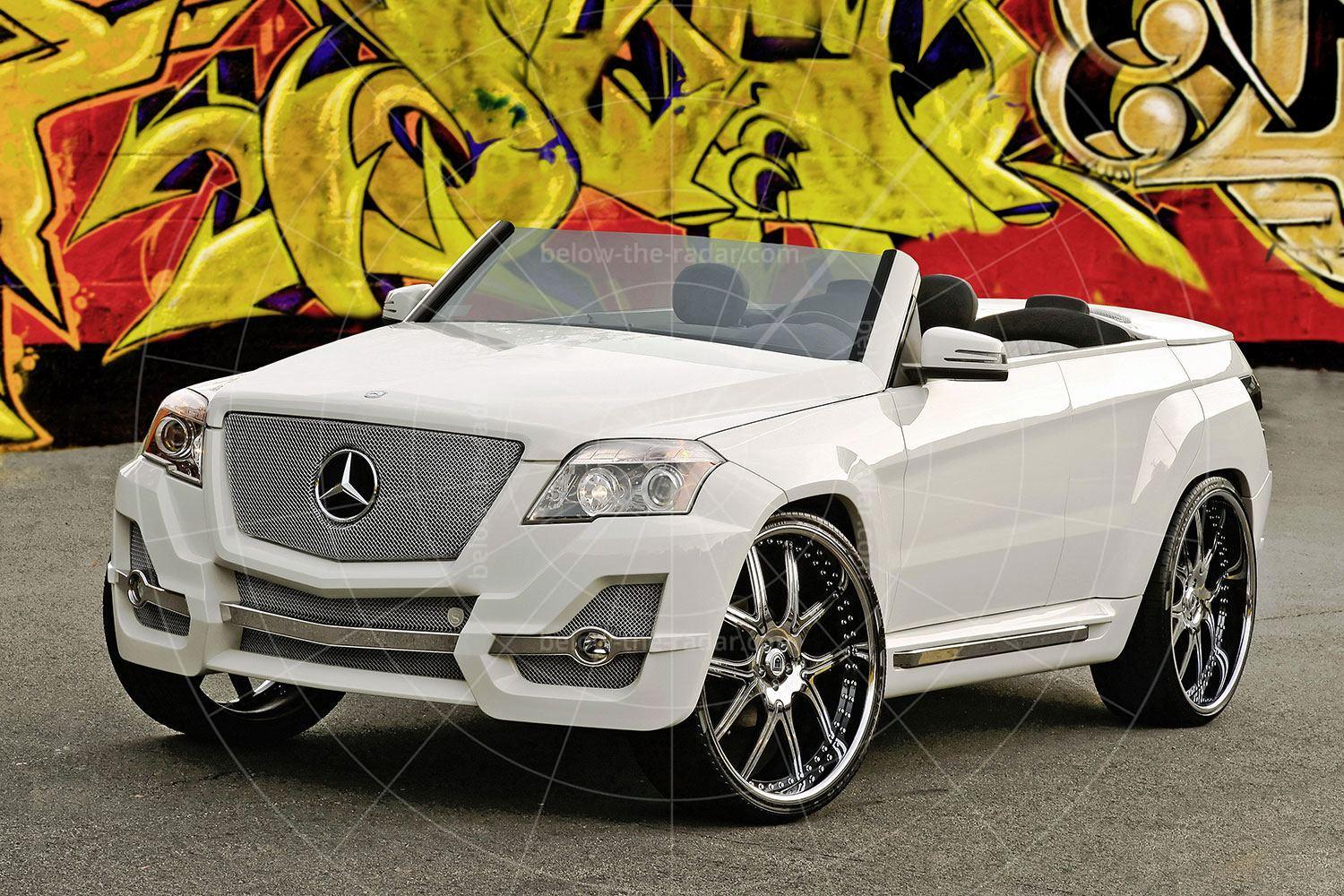There are many who assume that AC was a one-trick pony. After all, aside from the Cobra what else did the company build that’s well known? As a knowledgeable classic car buff you’ll also know about the 2-litre, the Ace, the 428 and perhaps the Model 70 invalid carriages that used to be seen across the UK during the 1970s. But the 3000ME is one that’s slipped below the radar for many, as it was in development for almost as long as it was in production, and ultimately the numbers built were a mere handful. When the production-ready car finally did arrive, sales were slow and hard to come by.
The AC 3000ME project got under way in 1972 when it was known as the Bohanna-Stables Diablo, developed by Peter Bohanna and Robin Stables (both ex-Lola); this car made its debut at that year's Racing Car Show in London. With Austin Maxi power the Diablo was intended to be an affordable mid-engined kit car for the masses – think of it as a GT40 for those on a budget.
Soon after the Racing Car show AC got wind of the Diablo's existence and decided that it was just what the company needed if it was to produce a more mainstream sports car than the 428 and Cobra. As a result, on the AC stand at the 1973 British Motor Show at Earls Court, the Diablo was on display where it was now known as the 3000ME, at which point June 1974 was set as the original on-sale date. But the introduction of type approval regulations would slow things to the point where the 3000ME would be shown at every subsequent British motor show before the production-ready car was finally unveiled in 1978 at the inaugural Birmingham NEC motor show; the red 3000ME pictured here is the original 1978 motor show display car.
When the original 3000ME prototype had been shown in 1972, it was claimed to have attracted 200 orders, but by the time the production-ready car was unveiled just about all of that interest had evaporated – even though the car's mechanical specification was by now a lot more enticing. Gone was the Austin Maxi 1750 engine, replaced by a Ford 3.0-litre Essex V6 mounted transversely behind the cockpit and driving the rear wheels via AC’s own five-speed gearbox with Hewland parts.
Production got properly under way in 1979 but it wasn't long before there was a stockpile of unwanted cars thanks to a raft of cancelled orders and disaffected dealers. It didn't help that test drives by the mainstream motoring press resulted in lacklustre reviews. Motor didn’t find the car all that quick, claiming “acceleration is respectable rather than startling”, while a top speed of just 115mph was disappointing; the magazine had predicted another 10mph, while Autocar coaxed 120mph out of its test car.
For those who wanted more performance there was the option of a turbocharged 3000ME developed and built by Robin Rew. He fitted a turbocharger to about 17 Thames Ditton cars to increase power to around 200bhp, but unfortunately noise levels also increased substantially and the 3000ME was hardly the most refined car to start with. Offering a 25% power increase, the £1500 exercise also offered improved fuel economy.
Most 3000MEs were kept standard however, and on paper the package looked rather promising. A low kerb weight and a mid-engined configuration are a pretty good start point for any sports car, and as the 3000ME had both of these it looked promising. The Ford Essex 2994cc V6 also offered reasonable low-down torque, with a peak of 173lb ft at 3000rpm, but high gearing meant having to explore the upper reaches of the rev range, and that’s when things got raucous.
What disappointed Motor’s Peter Dron the most was the AC’s handling – to the point that he approached the factory to voice his concerns. The blame was attributed to the 205/60 Dunlop tyres; another car with different rubber behaved itself rather better. Other criticisms included a lack of refinement, the force needed to operate the non-assisted brakes (discs all round), the poor gearchange and the sealing of the standard lift-out roof panel.
Motor also questioned the value of the 3000ME; at £12,432 it was up against some stiff competition, but despite this the verdict was that “AC have themselves a sound, well-engineered product, and they should be able to shift all that they can make”, despite production supposedly being ramped up to six cars per week.
When Autocar sampled the AC the following spring, many of the criticisms still held. The gear ratios were awkwardly spaced, some extra power wouldn’t have gone amiss, the handling was disappointing, the gearchange too baulky and high-speed refinement was an issue.
But the magazine’s testers were far more upbeat about the “Ferrari-like exhaust sound”, the excellent traction, the strong brakes and the comfy cabin. The magazine didn’t comment on the AC’s price though; by this stage it had crept up to £13,300 with cloth seats or £13,465 if leather trim was specified (£13,600 with a radio too).
This was at a time when a new Fiat X1/9 was just £5533, a Mazda RX-7 was £8549, the Triumph TR7 coupé was £6176 (the convertible was £5959) or a Ford Capri 3000 Ghia could be yours for just £6833. If you fancied something less mainstream, a Morgan Plus 8 was pitched at £8191 (albeit with a lengthy waiting list), a Lotus Esprit S2 was £14,175 and a Panther Lima Turbo was £10,950. A Reliant Scimitar GTE was pegged at £10,324 while the TVR 3000S and Turbo Convertible were priced at £8730 and £12,370 respectively. You had to want that 3000ME really badly…
Within two years, at the 1981 Geneva motor show a reclothed 3000ME prototype was on display. Designed by Ghia and using the same mechanicals as the 3000ME, there was speculation that this was to be a new take on AC’s glassfibre sportscar. But AC’s owner Derek Hurlock didn’t like the car and the concept was pushed quietly into a corner, where it was forgotten.
By 1984 it was all over when production of the 3000ME stopped after just 76 examples had been made, including five prototypes. The project was then sold to a new company called AC Cars (Scotland) Ltd, which built another 30 examples in its Glasgow factory. These cars would sport body-coloured bumpers, air intakes and grille while the previous Hardy Spicer universal joints in the transmission were replaced by constant velocity joints. Prototypes utilising V6s by both Ford and Alfa Romeo would also be produced by AC Scotland, but by the summer of 1985 the 3000ME's time had finally come and the car would be killed off altogether.
| Vital statistics | |
|---|---|
| Produced | 1979-1985, England and Scotland |
| Number built | 106 |
| Engine | 2994cc, front-mounted petrol V6 |
| Transmission | 5-speed manual, rear-wheel drive |
| Power | 138bhp at 5000rpm |
| Torque | 173lb ft at 3000rpm |
| Top speed | 120mph |
| 0-60mph | 8.5 seconds |

